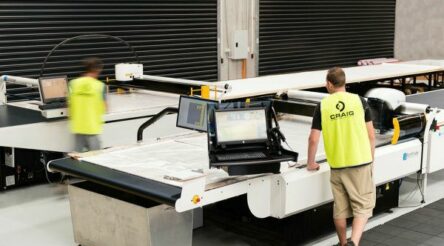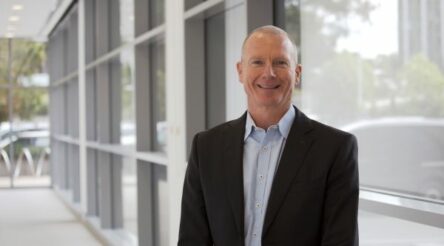SKA radio telescope installs first antenna

One of the world’s largest science infrastructure projects, the billion dollar Square Kilometre Array radio telescope, is closer to fruition following the installation of the first antennas.
These are part of more than 130,000 two-metre-tall, Christmas tree-shaped antennas (pictured) to be installed across 74 km of the Murchison Radio-astronomy Observatory in Western Australia.
When signals are combined from hundreds of thousands of low frequency radio antennas in Australia and Southern Africa, the SKA will explore the Universe in unprecedented detail and speed.
The Murchison array is one of two telescopes, together with SKA-Mid in South Africa, being built by the global radio astronomy organisation the SKA Observatory (SKAO).
SKAO Director-General Prof. Phillip Diamond said laying the first antennas at Inyarrimanha Ilgari Bundara was a significant day for one of humanity’s biggest-ever scientific endeavours.
Prof. Diamond said: “Astronomers have been dreaming of this project for decades. To see the antennas that make up the SKA-Low telescope finally on the ground is a proud moment for us all.
“These telescopes are next-generation instruments, allowing us to test Einstein’s theories and to observe space in more detail than ever before.
“With this telescope in Australia, we will watch the births and deaths of the first stars and galaxies, giving us invaluable clues about how the Universe evolved.”
Globally, 16 countries – including Australia – are part of the SKAO’s effort to build the SKA telescopes. In Australia, the SKAO is collaborating with CSIRO to build and operate the SKA-Low telescope.
This week marks the start of on-site work for 10 new field technicians who will be tasked with the massive technical challenge of building more than 130,000 antennas.
The observatory site has been established with the support of the Australian and Western Australian governments.
Picture: CSIRO/ staff work on a prototype SKA antenna
@aumanufacturing Sections
Analysis and Commentary Awards Defence Manufacturing News Podcast Technology Videos










